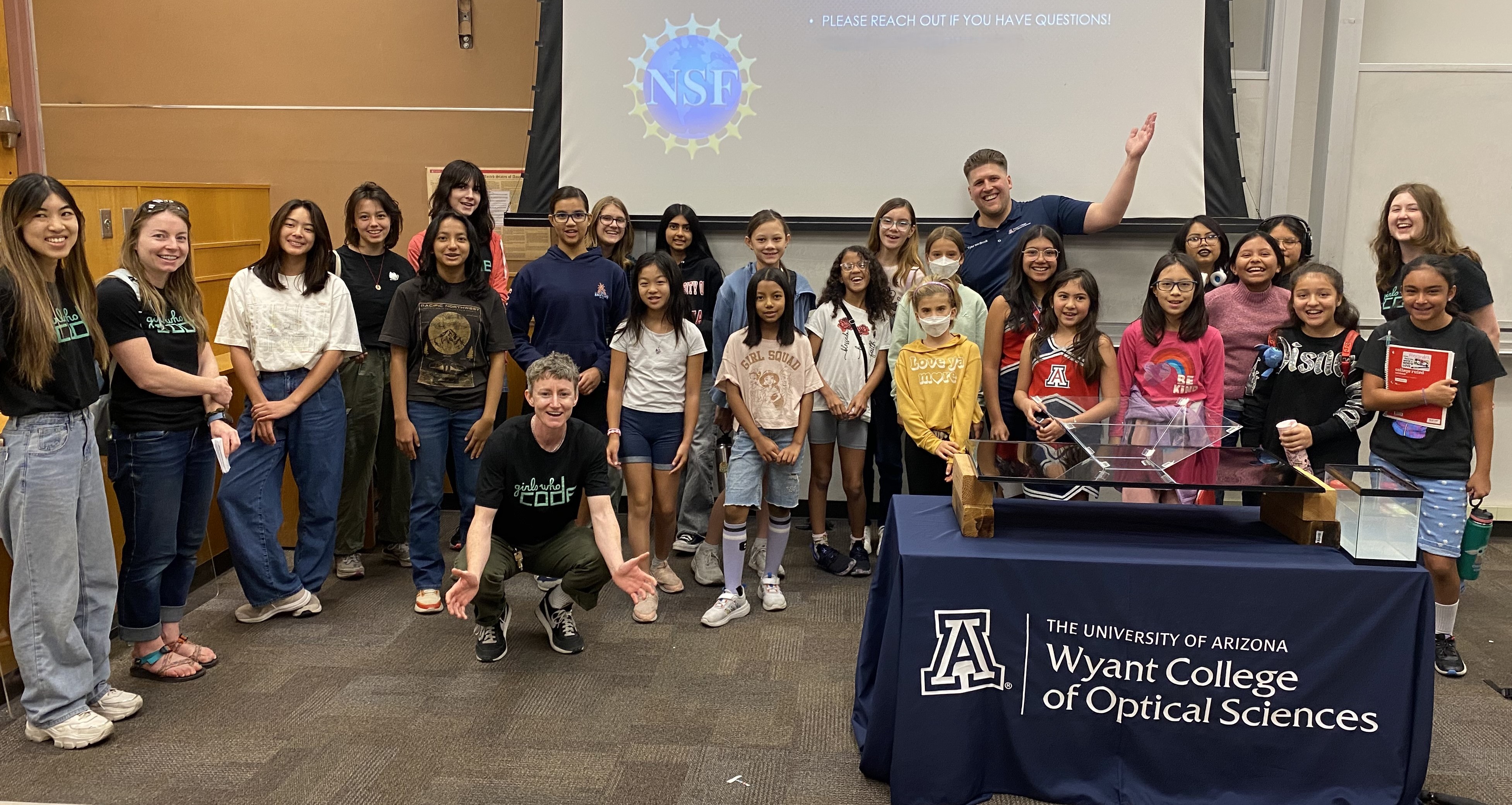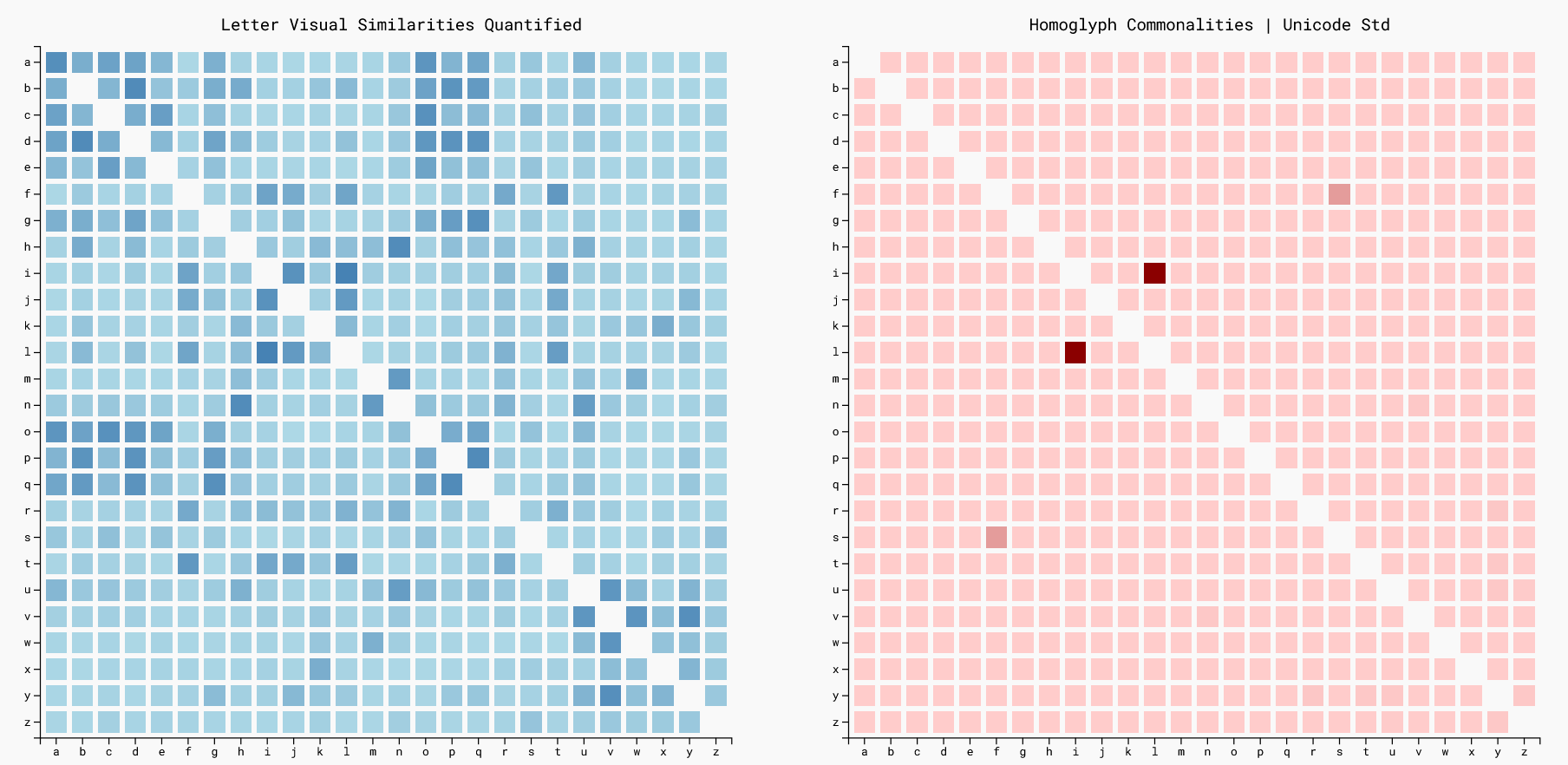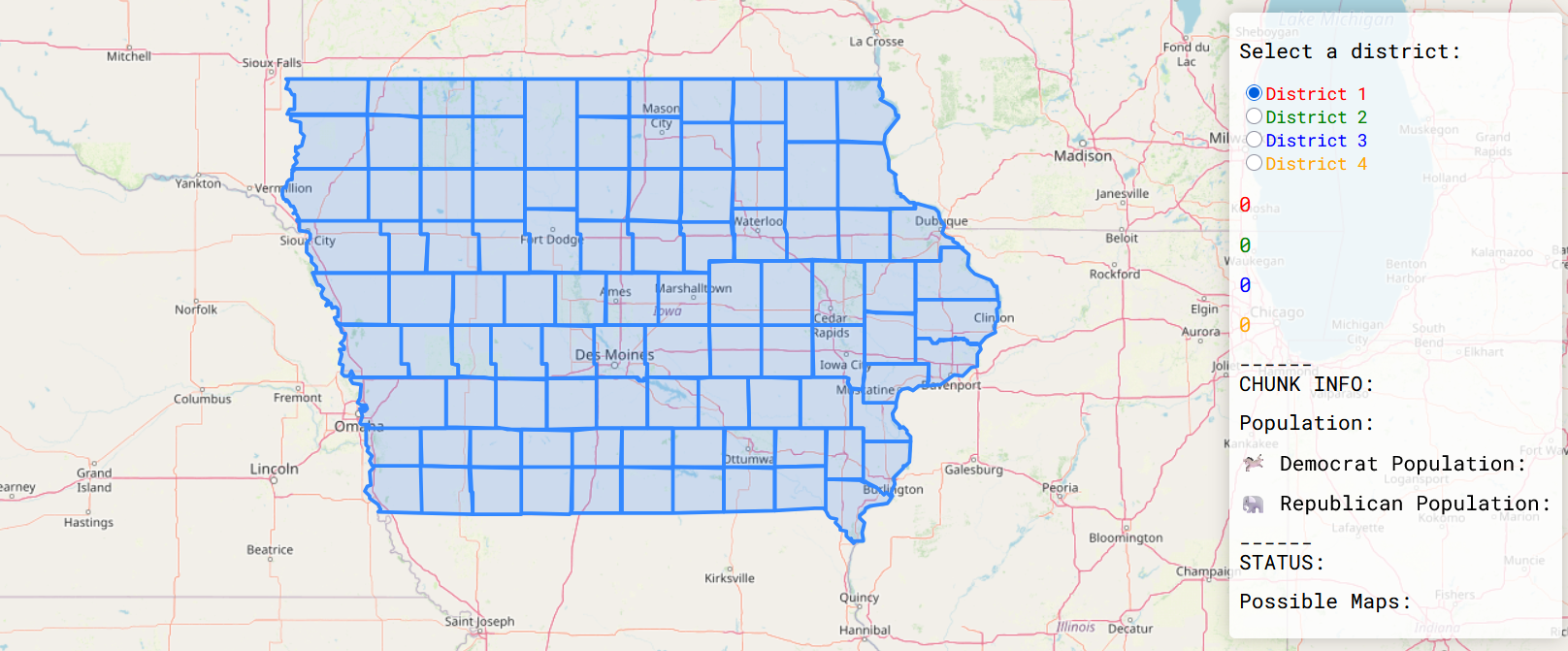I am a M.S. student in the Department of Computer Science at the University of Arizona working with Dr. Mihai Surdeanu and Dr. Eduardo Blanco. Also, I work with Dr. Jaimie Murdock as a year-round research and development intern at Sandia National Labratories.
Research Interests
My interests lie at the intersection of natural language processing and AI security, with a focus on building systems resilient to adversarial attacks. I have led studies investigating Unicode perturbation detection, text normalization, AI-optimized case selection for content moderation, and malicious text-to-image prompt mitigation. My work reflects a deep-rooted enthusiasm for creating safer, more trustworthy AI systems.
.
.
.
pp. .
doi:.
Read Paper
Publications
For more information, please see my Google Scholar profile.
STEM Outreach
I have personally taught hundreds of middle and high school students to code. I led the University of Arizona Girls Who Code club from 2022 to 2025. Also, I worked with the Girls Who Code U.S. Summer Immersion Program as a Lead Teaching Assistant in Summer 2023 and a Teaching Assistant in Summer 2022. My students have received full-ride college scholarships, admission to top-ranked universities, and national computing awards.
 University of Arizona Girls Who Code at 2024 workshop at the Wyant College of Optical Sciences.
University of Arizona Girls Who Code at 2024 workshop at the Wyant College of Optical Sciences.
Project Highlights
Homoglyph Visualization
A significant subset of Unicode characters are visually similar to Latin letters but possess disjointed symbolic and linguistic meanings. For example, the Latin "a" and the Cyrillic "a" appear visually homogeneous, but their underlying Unicode code points, U+0061 and U+0430, are not equivalent. The noise induced by homoglyphs has ramifications within the fields of cybersecurity and natural language processing, as homoglyphs have been found in material ranging from spoofed domain names to inappropriate tweets.
This visualization allows for a direct comparison between the 26 Latin letters and the non-Latin homoglyphs they have in common, determined by 1) the Unicode Std, 2) a Human Annotator, and 3) GPT 4o as a normalization tool.

Gerrymandering Redistricting Simulation
Gerrymandering is the process in which the boundaries of electoral districts are decided in a way that favors a specific political group. The following system ensures a valid redistricted map was always possible. A valid map must contain only contiguous districts with relatively equal populations.
